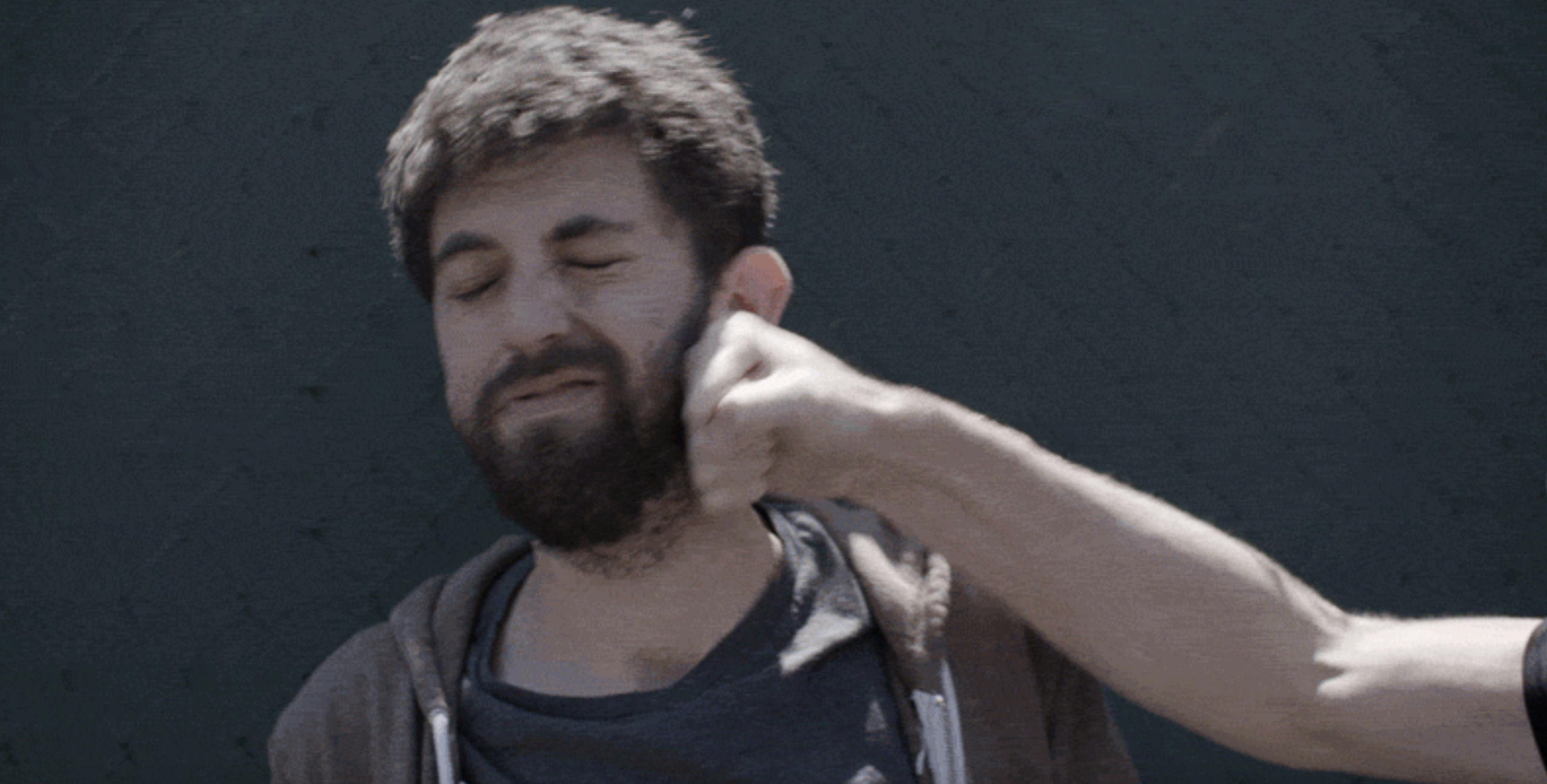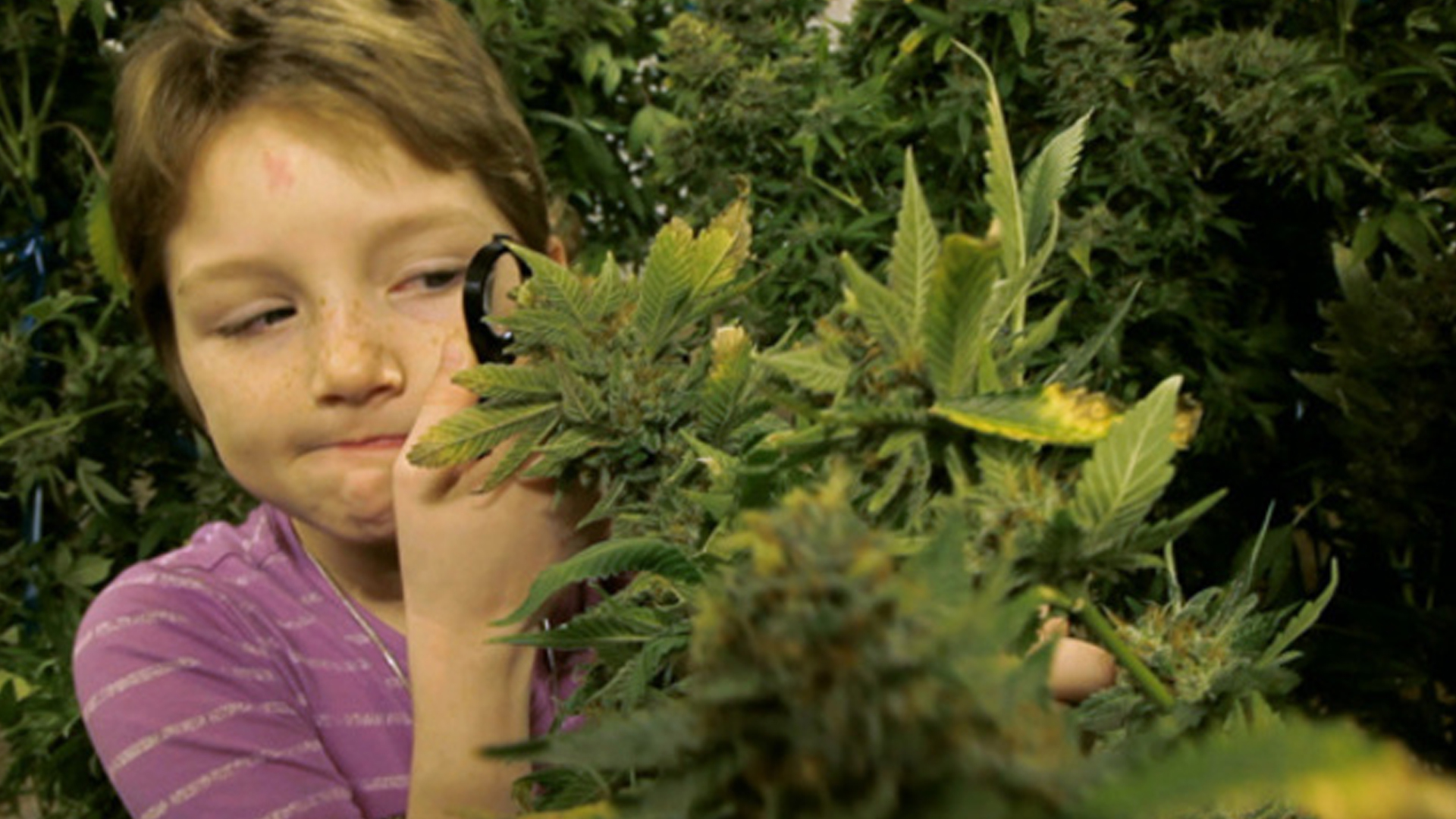The Origin of Violence (or Why I Got Punched in the Face)

I hope…that all mankind will at length, as they call themselves reasonable creatures, have reason and sense enough to settle their differences without cutting throats; for in my opinion there never was a good war or a bad peace.
-Benjamin Franklin
In middle December I was assaulted by an inmate here at Fraser Regional Correctional Center. It happened while I was stuck in maximum-security, awaiting my turn to be moved into minimum-security, where non-violent prisoners are supposed to be held.
It turns out it was a blessing in disguise, as it ended up fast-tracking my move to minimum. The terms ‘maximum-security’ and ‘minimum-security’ are actually misnomers, as your life is never more in danger than when you are placed in maximum-security, and you are never more safe and secure than when you are placed in minimum-security. It sort of reminds me of the terms ‘controlled substance’ or ‘correctional center’ or ‘justice system’. Oxymorons abound.
I guess some may argue that the security part of maximum-security refers to the security of the outside community rather than the security of the prisoner. This perspective is also mistaken, as the security of the outside community is put at risk every time some angry, mistreated, brutalized, desensitized, hardened criminal is released back into the community. The Canadian prison system creates violent people – nothing secure about that.
But it is not just prisons that make people violent. Violent assault provided me with much insight into the origins of violence within prisons and in greater society. I’ve managed to identify these 5 major factors that resulted in my punch to the face.
The number one factor is overcrowding. Overcrowding results from the inability, or lack of desire of politicians to differentiate between ‘risky to self’ activities and ‘potentially harmful to other’ activities. ‘Risky to self activities’ refers primarily to drug crime and prostitution, but also includes civil disobedience, sometimes trespassing, and all manner of thought crime. Overcrowding also results from ignoring other solutions like mediation and restitution. Overcrowding results in non-violent prisoners being thrown into maximum with violent prisoners for months at a time. Overcrowding also results in an artificial scarcity of resources such as single-bunk segregation cells and easy-to-access phone systems – which brings us to the second major factor:
The number two factor in my assault was the telephone system. In the max-security unit I was in, there were three phones, and my phone card worked in only one of the three. To add to my dismay, we were locked up for 14-16 hours per day, not including an hour of gym and an hour of yard. This meant that my phone was only available to me for 6-8 hours per day. There were 40 prisoners on my unit and some of them were experiencing similar problems with the other two phones so, in reality, I had to compete with 20 convicts for that one phone.
By my calculations, each of us would get 18-24 minutes access to the phone per day, if it was shared evenly, but it was never shared evenly. Tough guys and guys with influence reserved the phones in the evening, so the rest of us had to race to the phone immediately upon being released from lock up. If the guard didn’t start with my level first, or opened doors starting with the farthest cell away, I would be left with no access to the phones. If I did manage to get to the phones first, there would be someone there a second later telling me to hurry it up, but that was just the beginning of the problems.
The next problem was getting the phone to work. It could take a minute or two to get the phone to recognize the phone card and then could take dozens of tries to get the system to recognize my ‘voice activation identification’, probably not helped much by my lengthy name.
Unless I said my name exactly like I did when I first signed in, the phone wouldn’t work. Right before I got punched in the face I was trying to reach my lawyer, Kirk Tousaw, to prepare my appeal for the next day. I had managed to finally get to the phone that afternoon, after it was busy all morning. It was only going to be free for a maximum of 20 minutes. I called Kirk, but he didn’t answer his phone. Prison phones don’t allow you to leave messages – not that a message would have done me any good. Then I called Cannabis Culture Headquarters to see if anyone on the main floor had seen Kirk. I chatted with Anna, the store manager, for a moment, but nobody had seen my elusive lawyer. I was about to call the third floor number, when one of the prisoners behind me said, “get off the phone, I have to call my lawyer. Lawyer calls take priority!”
“But I’m trying to call my lawyer,” I responded. And that was my big mistake.
In hindsight, I should have just given up the phone and tried again later instead of arguing, but I wanted my appeal to be launched so badly I fought too hard for the phone.
Interestingly, the inmate who punched me wasn’t the guy who was waiting for me to get off the phone so he could call his lawyer. The inmate who punched me was one who was encouraged to do so a couple of weeks earlier by a guard, which brings me to the third most important factor:
Factor number three in my assault was the way some guards and powerful inmates were able to use intimidation to maintain control of the behavior of others, remove unwanted prisoners from the range, and amuse themselves.
There was an unfortunate incident a few weeks before the assault where I accidentally locked a prisoner into his cell – I pulled when I should have pushed. Such a mistake tends to annoy both the guard, who has to remove themselves from Facebook or the latest Twilight novel to come unlock the door, and the prisoner, who is locked in his room even longer than usual (as the guards tend to take their time unlocking the door).
On this occasion, the guard suggested to this prisoner that he should punch me in the face. The prisoner declined, telling me later he didn’t take instructions from guards. Still, I can help but wonder if the green light the guard gave to the prisoner for a face-punch had something to do with his decision to knock my noggin a couple weeks later. By the way, most guards weren’t sadistic violence encouragers; most guards felt a bit sorry for me and thought I should be in minimum. But as I learned back when I was eighteen years old, working at the Edmonton Young Offender Centre as a recreational therapist or arts and crafts program director, there is always one guard who delights in the pain and torment of weaker prisoners.
The fourth factor in my assault was the punch-in-the-face-filled programming that all prisoners and most guards watch daily on TV. There are the mixed martial arts fights, often bloody, which take up a third of the sports channel programming – “the fastest growing sport in the world” I’m told. Then there is Don Cherry’s Rock’em Sock’em Hockey, boxing, wrestling, football, and the Jerry Springer Show, with punches thrown on about 95% of the shows.
If you like your violence a bit more extreme, there are cop shows about with real-life police beatings on errant motorists, drug dealers, and prisoners; and all sorts of murderers attempting to get away with all sorts of murders on documentary shows like Cold Case Files and Criminal Minds, CSI New York, CSI Miami, CSI Toledo, etc.
If you like your violence with a bit of history thrown in, you can watch Battles B.C. on The History Channel. Then there is Hollywood, where the word ‘violence’ is replaced with words like ‘action’, and ‘thriller’, and ‘horror’ – and where brutal killings are deemed less concern-worthy than explicit sexuality by the ratings system.
I’m not saying that violence in movie and TV shows causes violence – that’s too simplistic. What I am suggesting is that violence portrayed as an art form, a religion, and a solution to everything instead of a preventable problem in search of a systemic solution, helps to encourage the extreme side of the competitive spirit that resides within all of us. Which brings me to our last factor in my assault:
The fifth and final factor contributing to my assault is the overriding force-feeding of the competitive spirit at the expense of the cooperative spirit. This competitive-spirit foisting is present in most institutions in our society, be it the economic system, the political system, the education system, or competitive sports.
Take sports for example: when you play competitive sports, even when you’re the winner, at least half and sometimes most of the people you are playing with are losers. Your happiness is dependent upon their sadness. Your victory is dependent upon their defeat. When you translate that into competitive economics, your wealth sometimes depends upon another person’s poverty. When you translate that into politics, your freedom sometimes depends on another person’s enslavement, or your life sometimes depends on another person’s death.
Some might argue the reason we have a competitive world is due to human nature. I believe it suits those at the top to use their power and influence to perpetuate the myth that humans are predominantly competitive. Scientists like Peter Kropotkin have noted more examples of cooperation in nature than examples of competition. Human cultural evolution is full of cooperation too, from roadways to socialized medicine to public firefighters to marriage (evolving from a property arrangement to a partnership).
It is obvious to me that humans have the potential to be either mostly competitive with a bit of cooperativeness or mostly cooperative with a little bit of competitiveness. It is a choice we all make, and we could all change our minds at any time.
Getting back to the assault: these five factors combined resulted in an inmate punching me in the head. “That’s just the beginning,” he warned.
I told the guard on duty at the time that I had been punched and that I would like to be moved to minimum. I spent a night in segregation, and after repeatedly failing to elicit the identity of my assailant from me, and after offering me the opportunity to be put in protective custody with rats and child molesters and rapists, they finally relented and put me in minimum, where I am today.
On a final happy note, it turns out that November House, the minimum-security tent I was moved to, happens to have a Hacky Sack, a luxury unavailable in maximum. Hacky Sack is a cooperative sport involving the passing of a small pellet-filled sack back and forth between two or more people, using every part of the body except the hands and arms. Of course, there is a competitive element to the game – who can make the nicest pass, or pass with the fewest shots – but the goal of the game is to include everyone as much as possible.
Sometimes I wonder what our world would be like if we found the wisdom to model our economic and political systems on Hacky Sack.
David Malmo-Levine is a Vancouver marijuana activist incarcerated at the Fraser Regional Correctional Centre in Maple Ridge, BC, for his establishment of the Vancouver Herb School. Please click here and here for more information on David’s case.



